Like many other things in the old west, Fortune telling was a favorite pastime. When you think of a fortune teller you think Gypsies or Romani People.
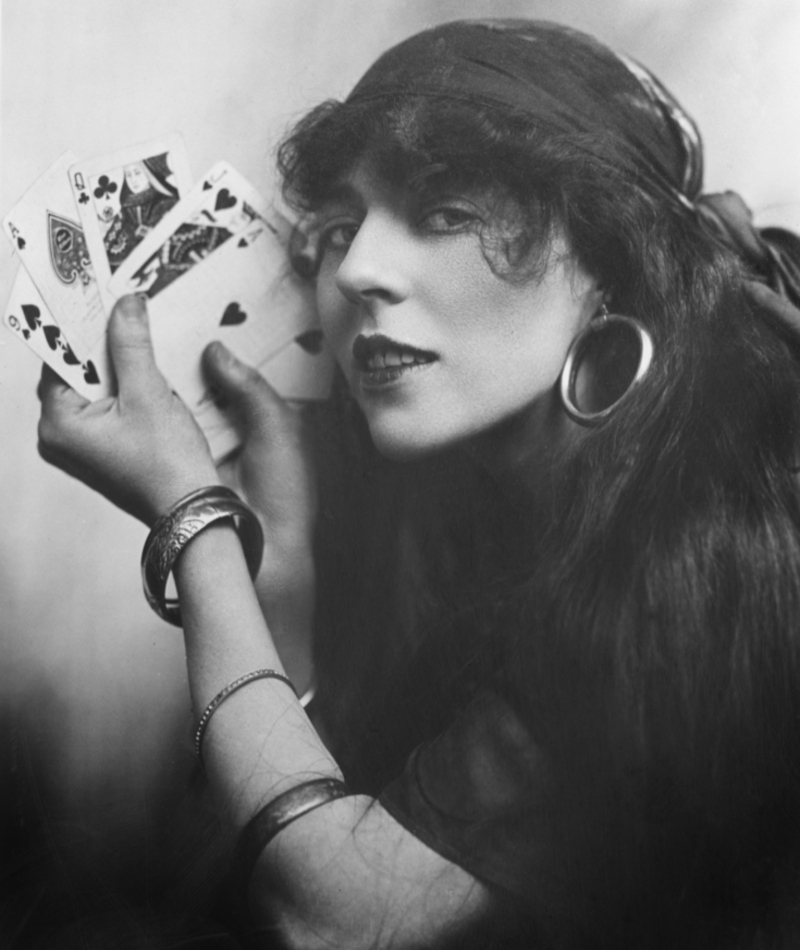
Common fortune telling methods are through tarot card reading, palm reading, and crystallomancy. Most of these methods are still used today.
Pear Heart
Known for her stagecoach robberies, Pear Heart was another woman from the old west that had a lot of spunk! She was the gutsy gal that escaped from prison and reached celebrity status during her lifetime.
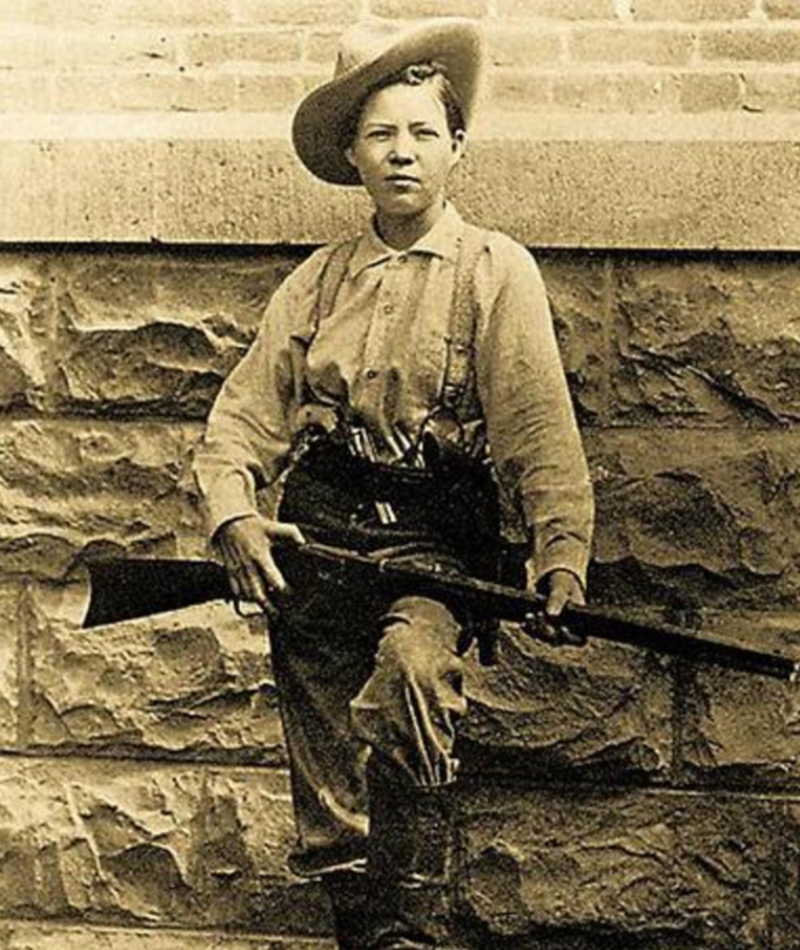
Although she is a famous robber, she was well educated and came from a wealthy family.
Poker
Poker is another favorite pastime in the old west. If you were not a gambler, you weren’t a cowboy. It was a popular form of entertainment.
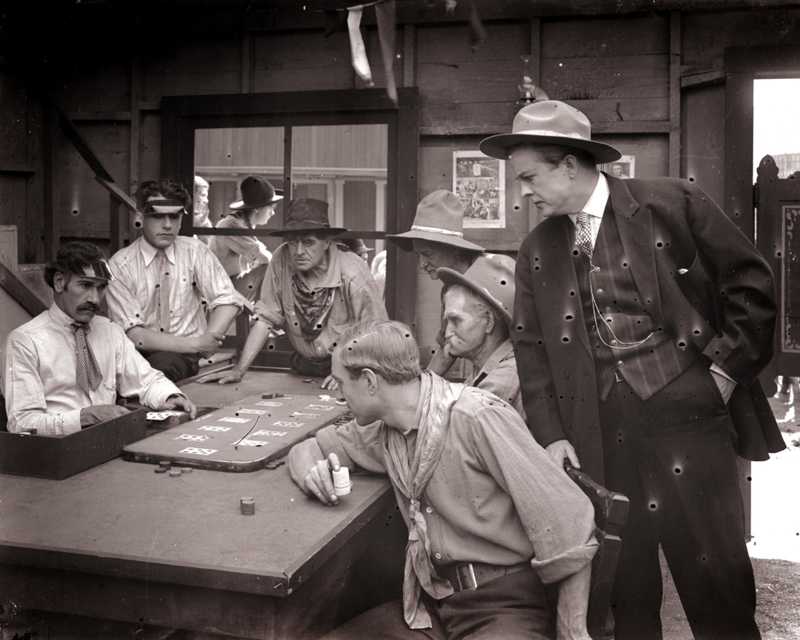
This game was originally developed in the United States during the 19th century and was documented as early as 1836, in a book called “Dragoon Campaigns to the Rocky Mountains.”
The Anti-Saloon League
Back in the Wild West, women were not given equal rights to a drink at the saloon. Unless they were saloon girls, prostitutes, or dancers, women were barred from even entering almost all saloons up until World War I.
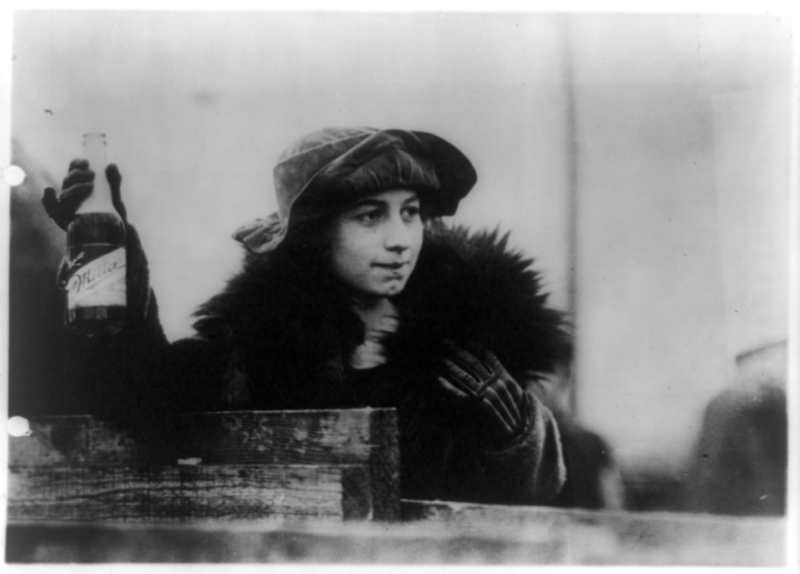
Women who were denied a drink that helped found the Anti-saloon League, which was the most powerful prohibition lobby.
Apache Spirit Dancers
This photo is of the Apache Spirit Dancers, this group consists of several Native American tribes that originated in the Southwestern United States.
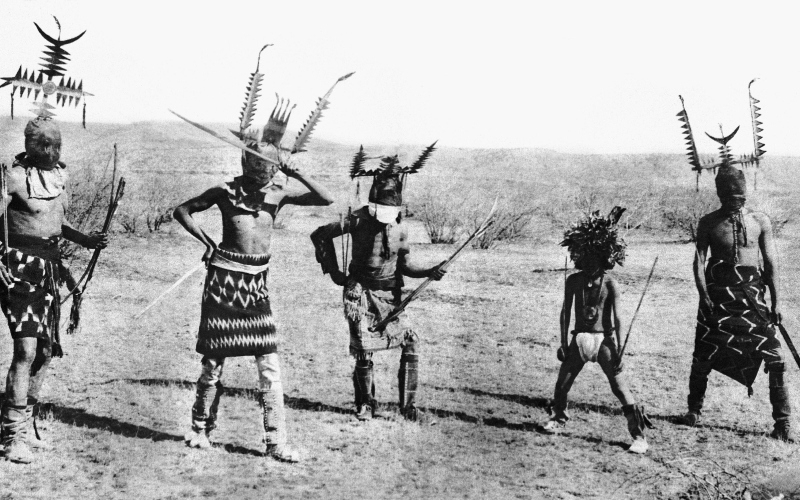
The dancers are believed to hold the ability to summon the spirits from the underground realm. These spirits could help protect Apache people from harm.